Philodendrons are well-known houseplants, and it brings a nice and pleasant touch to the surroundings. However, if not properly taken care of it may turn pale and lifeless. Let’s take a look at how to maintain and preserve healthy growth in your philodendron plants.
Why are philodendron leaves small?
Lack of essential micronutrients presence in the soil is one of the main reasons behind getting small philodendron leaves. To be more specific, a significant shortage of calcium, magnesium in the soil can hamper plant growth. Getting too much water can also disrupt the plant’s circulatory system.
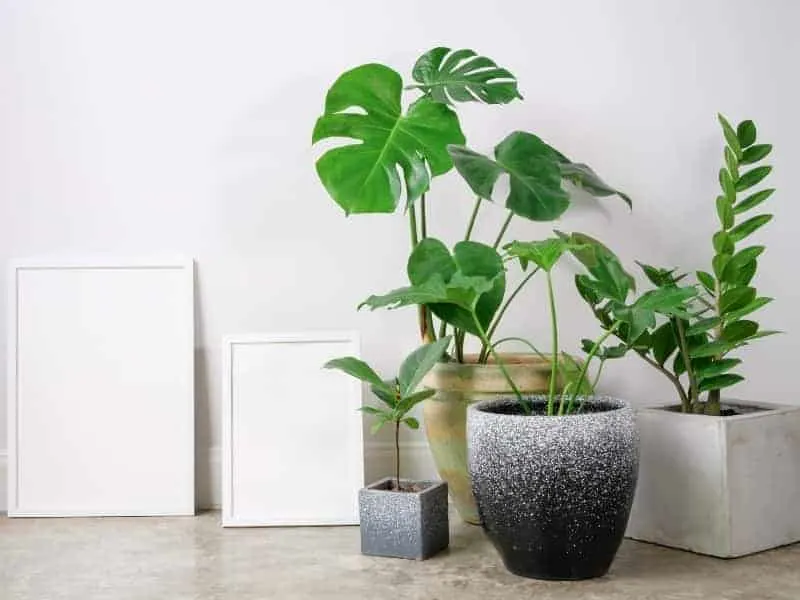
Why are my philodendron leaves small/getting smaller?
Reasons that can cause your philodendron leaves to get smaller are given below –
Not enough fertilizer:
Philodendron plants need a good amount of minerals and micronutrients to preserve healthy growth.
If there aren’t enough minerals and micronutrients present in the soil then the leaves will be getting smaller day by day and may look pale and lose their shape and size.
Too much water:
Water is essential for plant growth but too much water can cause more harm than good. Your plants won’t sustain healthy growth in constantly wet soil.
In heavily wet soil, the plant’s roots won’t be able to absorb and circulate the required minerals from the soil as a result the leaves will get small and there might be other complications.
Wet feet or decay on the roots is a common condition that is a result of too much water in the soil. The probability of fungal diseases and bacterial infection also rises in wet soil conditions.
Not getting enough sunlight:
Plants rely on photosynthesis to create their own necessary energy and we also get oxygen as a byproduct. Sunlight plays a vital role in photosynthesis.
Plants kept in the home such as philodendron may not get enough sunlight throughout the day. The lack of sunlight is sure to negatively affect the overall growth and ultimately leads to the philodendron producing small leaves.
Fluctuating Temperature:
philodendron plants show significant growth at room temperature. Even if the temperature drops from 20°c to 15°c it won’t affect much but anything below 15°c is definitely going to have a negative effect on health and growth.
How to get bigger leaves on a philodendron?
If you consider your philodendron leaves getting smaller as a problem, then the possible solutions to grow bigger leaves are given below –
Let it get enough sunlight:
Even if it’s an indoor plant, it needs a decent amount of sunlight to maintain its growth. Even Moderate quantities of indirect sunlight will make philodendron leaves bigger, increasing philodendron leaf size.
Always remember to try for indirect sunlight options for philodendrons, they don’t work well with direct sunlight. If kept in direct sunlight for too long the leaves may turn yellow.
Water, give it enough but not too much:
Philodendrons can survive even if you don’t water it on a regular basis. Heavily wet soil is a bad environment for philodendrons to grow. You can water it 1 or 2 times a week.
Don’t overdo it, too much water in the soil makes it hard for the plant to properly absorb all the nutrients. In wet soil, there is a high risk of roots getting rotten over time and may become vulnerable to fungal and bacterial invasions.
Check on the fertilizer status:
Applying liquid fertilizer in moderate-intensity can bring a positive outcome. You can also rely on natural compost made from household waste.
If you see any specific symptoms like leaves losing their natural green color and turning pale day by day then apply calcium and magnesium mixture, it will sure to bring more green and bigger leaves.
Pruning:
pruning helps a tree obtain healthy growth. A monthly moderate pruning can work wonders on your philodendron health and can achieve bigger leaves in no time.
Getting bigger leaves for these Philodendron plants:
You will need to follow few easy rules to grow bigger leaves in your philodendron –
Philodendron Melanochrysum:
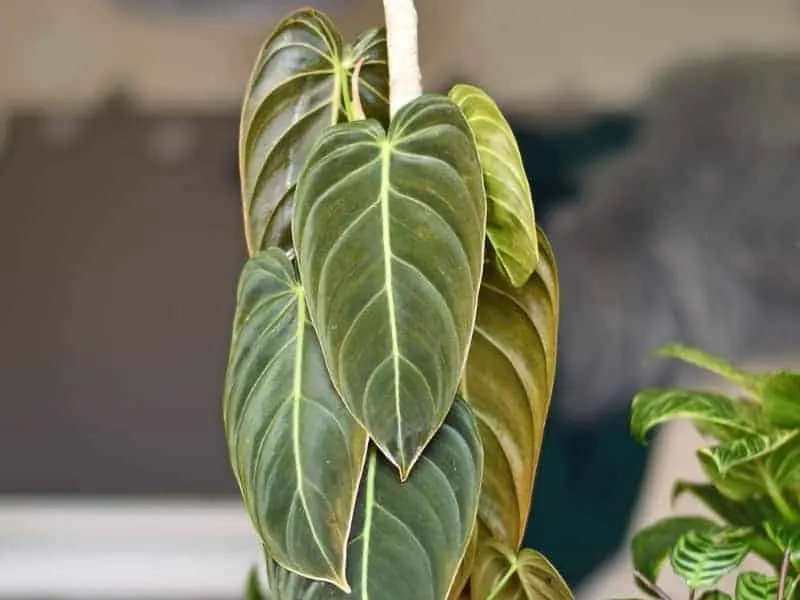
To obtain healthy and sustainable leaf growth, Philodendron Melanochrysum needs to be in well-drained soil.
There shouldn’t be any excess water in the soil to interfere with the plant’s nutrients absorption and other circulation-related action in the roots.
Philodendron Melanochrysum doesn’t have the ability to obtain the desired shape and sizes when they are exposed to direct sunlight.
Put it in a place where the indirect sunlight is at moderate intensity or you can always use a grow light for a dim light source for plants. You can keep Philodendron Melanochrysum at room temperature.
These are tropical plants so the heat isn’t going to bother much but the cold weather might have a negative effect. For fertilizer you can go for a nitrogen-rich option, it will sure to aid in proper leaf growth.
Philodendron Gloriosum:
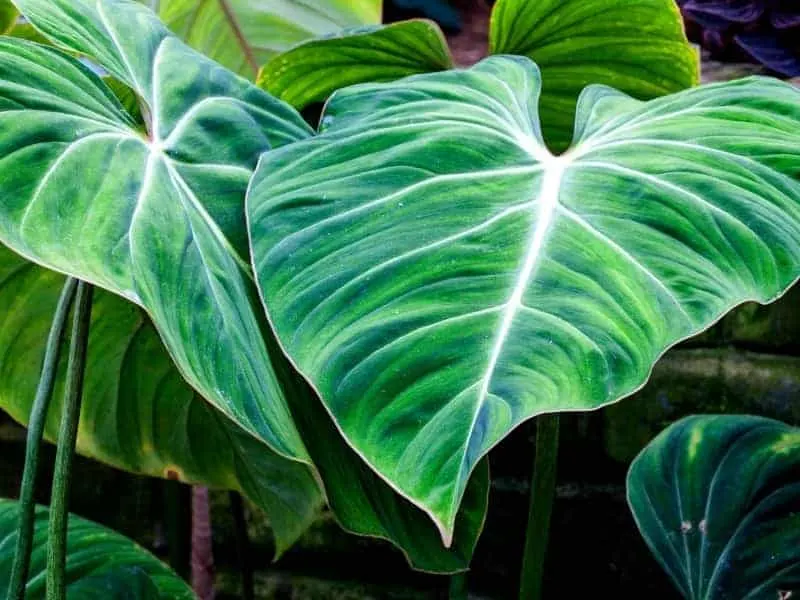
These plants are well known for their beautiful leaves. Philodendron Gloriosum has a better sense of survival capability than other philodendrons.
Though it’s a tropical plant, it can tolerate temperatures as low as 5° c. It can also withstand a moderate amount of direct sunlight but it would show the best growth in indirect sunlight.
It is ideal as a houseplant. You need to be careful about the watering volume, too much water can make the soil soggy and may lead to heavy fungal and bacteria invasions.
If you have Philodendron Gloriosum, you may face a great deal of pest-related problems, not to worry cause there are remedies like neem oil, and for harsh situations you can try rubbing alcohol.
Philodendron Brasil/Heartleaf:
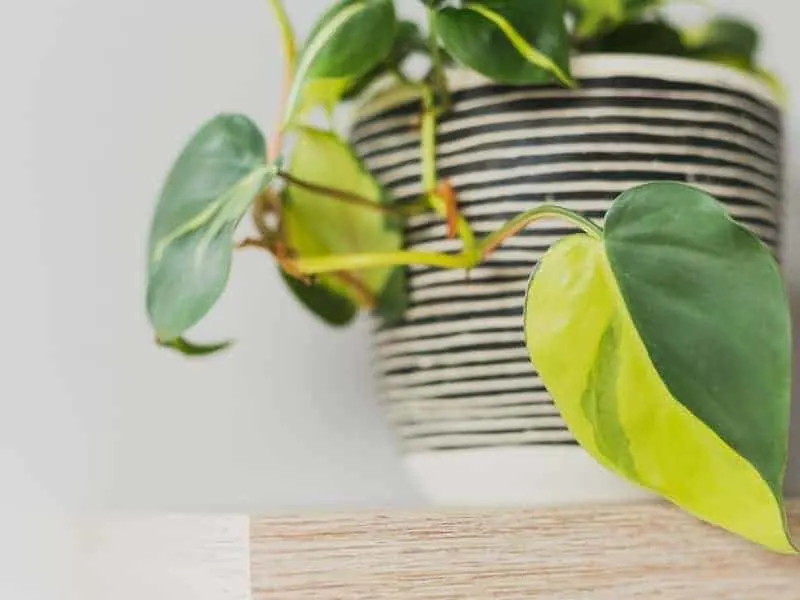
A direct exposure to sunlight may cause leaf burn and a faded shade in the leaves. So try keeping Philodendron Brasil in medium to low indirect sunlight. These plants show better growth in a humid atmosphere.
Tropical plants grow well at room temperature but may not cope that well with cold temperatures so you will have to take special care of your Heartleaf in winter. The pot you have planted in the Philodendron Brasil, make sure it has proper water drainage.
Wet soil restricts the oxygen to get in and root rot or makes your heartleaf vulnerable to fungal invasion.
Other Philodendrons:
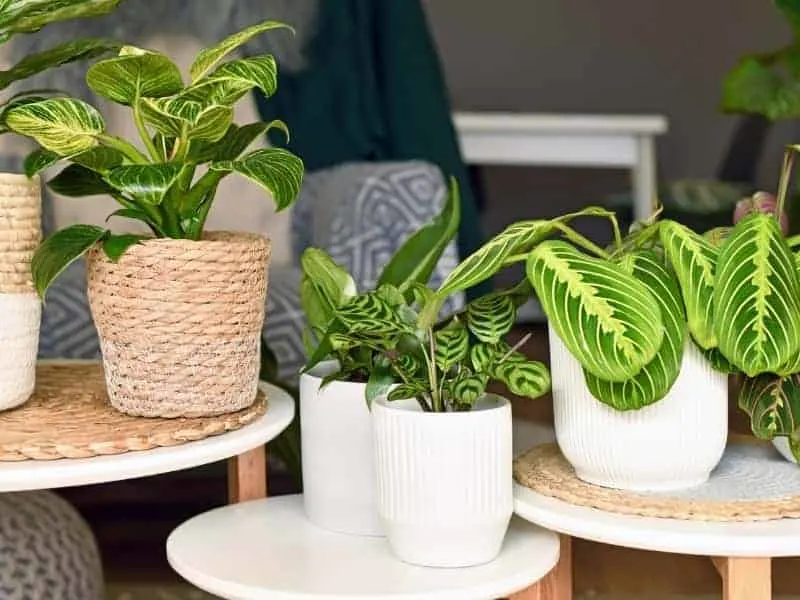
There are few other Philodendrons varieties like Micans, Birkin, Xanadu, Selloum, Brandtianum, Scandens, pink princess, Silversword, and many more. These plants each have their own unique shape and color.
Micans have a greenish bronze color, but micans are also known to be poisonous so make sure your children or pets stay away from them. Birkin are also poisonous, these plants have a slower growth rate, so you will have to be patient with them.
There are 400 to 500 species in the Philodendrons genus, almost all of them are tropical plants and bear similar characteristics. They thrive in indirect sunlight, need very little water to survive, can grow in humid and hot climates.
But can’t adapt to snowy winter climates. Some of these won’t show that much growth in a normal household but in the forest, they attach themselves to large trees and have tremendous growth.
How do I encourage my philodendron to grow?
Philodendrons are tropical plants, they show significant growth in hot weather, but they cannot sustain or cope with cold weather. Although it’s a tropical plant, it will get burnt leaves and a pale look when in direct exposure to sunlight.
So it will need indirect sunlight to grow and hence makes it a perfect plant for your household. When it comes to watering this plant, you can be at ease. It doesn’t require regular watering, you can try watering once or twice a week and that will be enough.
But if the soil is soggy or the water content in the soil is too much for the plant to handle, the root is sure to decay over time and there might be a high risk of fungal and bacterial infections and much more.
So, it can be said that shaded or indirect sunlight and careful watering can encourage your philodendron to grow.
How do you fertilize a philodendron?
You can use liquid fertilizer for philodendrons. It will be wise if you use specific fertilizers or micronutrients according to your plants’ needs. If you are plants having pale white-looking leaves then it is better to use calcium or magnesium-based fertilizer.
If you are worried about the plant’s growth or the growth is not significant then you can use nitrogen-based fertilizer. You can always rely on natural compost made out of household waste.
In summer or spring, you can apply fertilizer on a monthly basis, and in winter you can go for a 7 to 8-week interval between applying fertilizer.
How do philodendrons grow new leaves?
Philodendrons stems are ungrooved and new leaves grow from an expanded base of leaf or leaf sheath. After the new leaves are fully grown the leaf sheath dries over time and falls off.
When is philodendron growing season?
As it’s a tropical plant so it’s better to plant it in spring or summer for getting the best growth out of it. Usually, philodendrons’ growth kinda slows down in winter and you can see satisfactory growth in spring and summer.
How fast does Philodendron grow?
It depends on what kind of philodendron we are talking about. Some philodendrons grow up around trees or you can say climb up trees, these climbing philos show a 10cm to 15cm growth per week. You would need to prune them to maintain their shape and size.
Now about the non-climbing philodendron type, when matured non-climbing philos can grow up to 3 ft to 15 ft and can reach the width of 2ft to 5 ft. Although the growth may vary, some philodendrons show very slow growth.
However, humidity and climate may play an important factor in the overall growth.
Hope you got the overall gist about how to get bigger leaves on your philodendrons. It doesn’t take too much effort to grow and maintain philodendrons.
Frequently Asked Questions:
Can Philodendron Grow in Low Light?
Can Philodendron Grow in Shade or Sun?
Can Philodendron Grow in Water?
